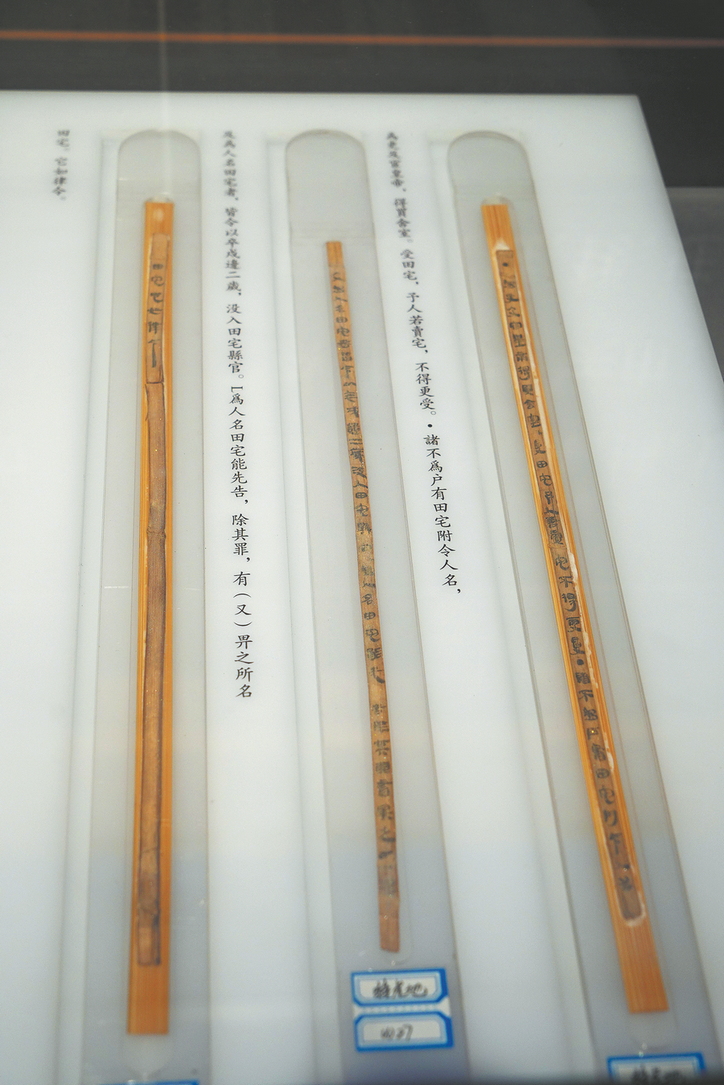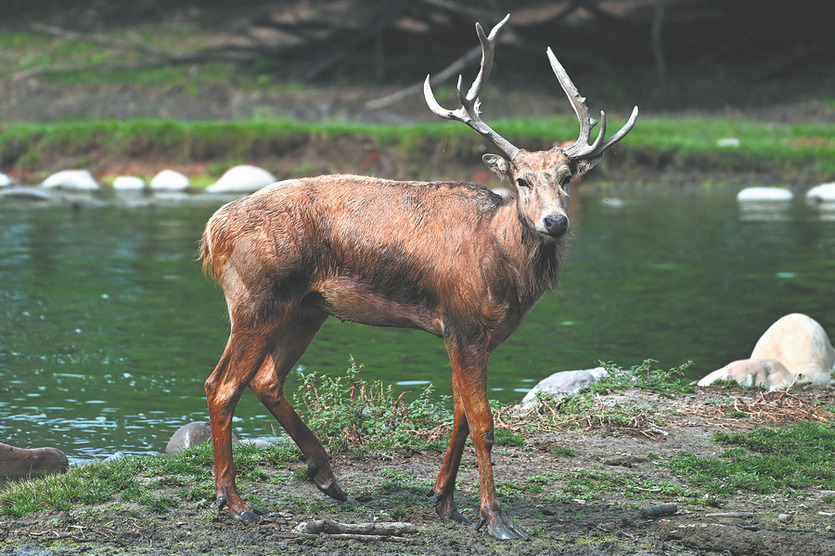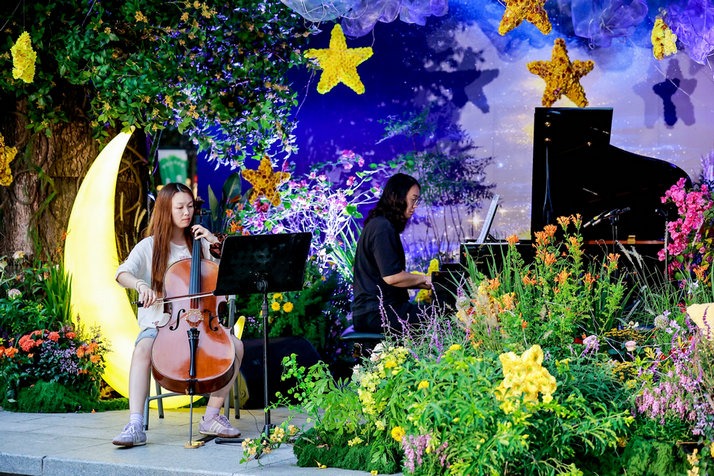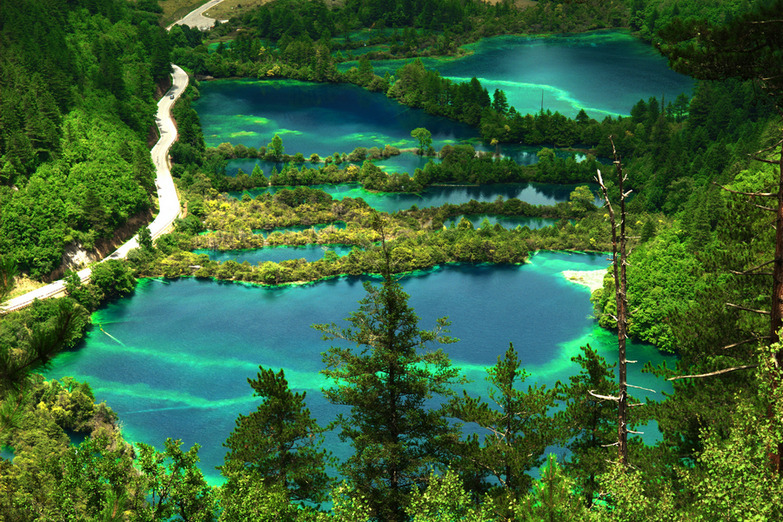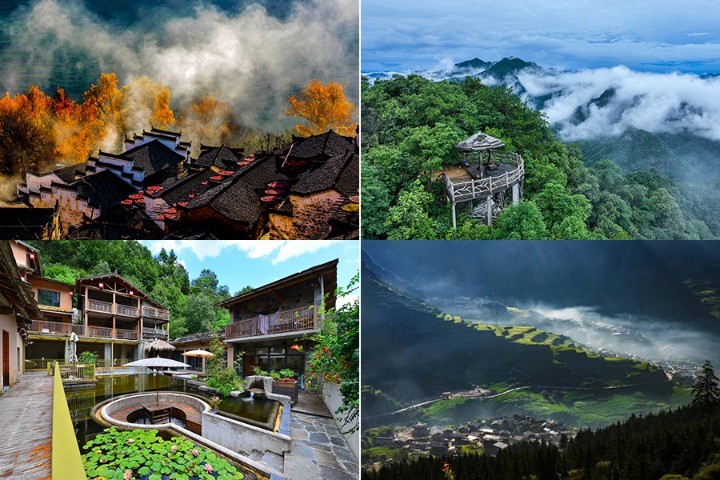Plenty to Chu over
Hubei province offers rich historical and environmental heritage for visitors, Xu Lin and Liu Kun report.

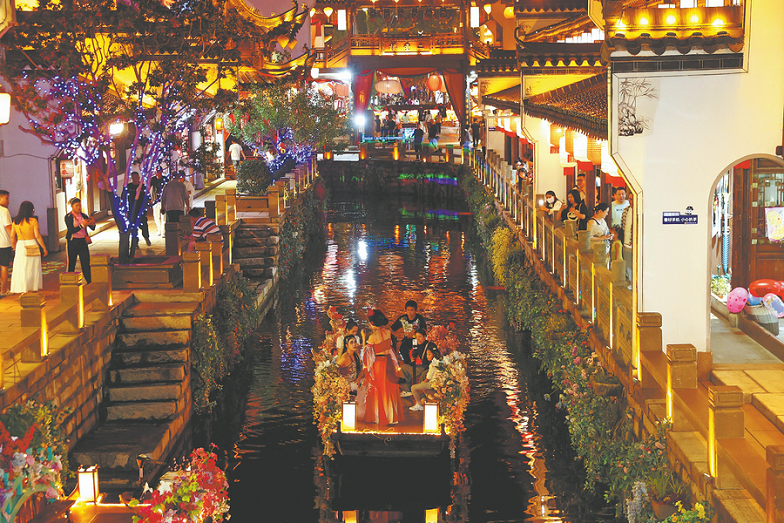
Shishou's wildlife
In the 1990s, the Shishou Milu Deer National Nature Reserve introduced 64 milu deer from Beijing's Nanhaizi Park in two batches, and the number has grown to 2,901.
Close to the Yangtze River, the area boasts a well-preserved wetland ecosystem and vast pastureland, which are ideal habitats for milu deer to thrive.
Milu deer, also known as Pere David's deer, are endemic to China. Forty years ago, 22 milu deer were returned to China from the United Kingdom, bringing the species back from the brink of extinction in China.
For those who want to see the milu deer, they can visit the Tian'ezhou Milu Park and learn about the species and the city's conservation efforts through a 2,000-square-meter exhibition hall, with specimens and interactive installations.
Walking along the outdoor wooden path, you can use telescopes to spot milu deer wandering grasslands or playing in the river.
The nature reserve serves as a venue for nature education and eco-tourism, aiming to raise the public's awareness about milu deer's preservation.
At the Yangtze River Finless Porpoise Garden, visitors can watch the creatures leap out of the water to breathe and get to know about the endangered species via exhibitions.
It's truly pleasant to connect with nature and animals — and in doing so, gain an understanding of one's responsibility to protect them.
Contact the writer at xulin@chinadaily.com.cn
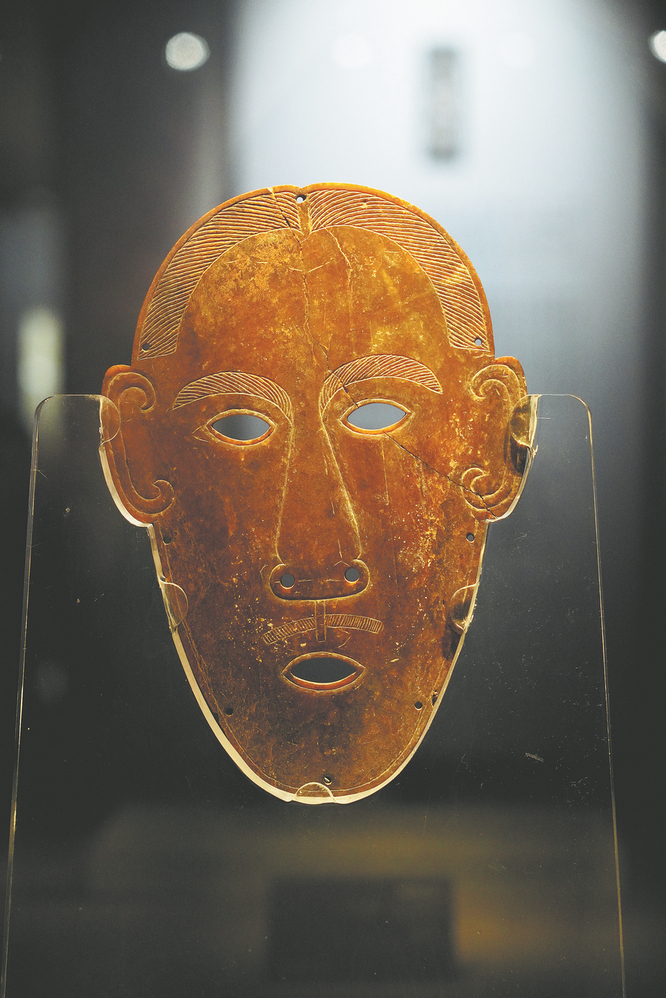
If you go
Traveling from Wuhan to Yunmeng, then to Jingzhou, and finally to Shishou is incredibly convenient — whether you choose to drive via smooth highways or take the high-speed railway. Notably, since there is no direct train from Jingzhou to Shishou, you'll have to take a roughly two-and-a-half-hour bus ride instead.
